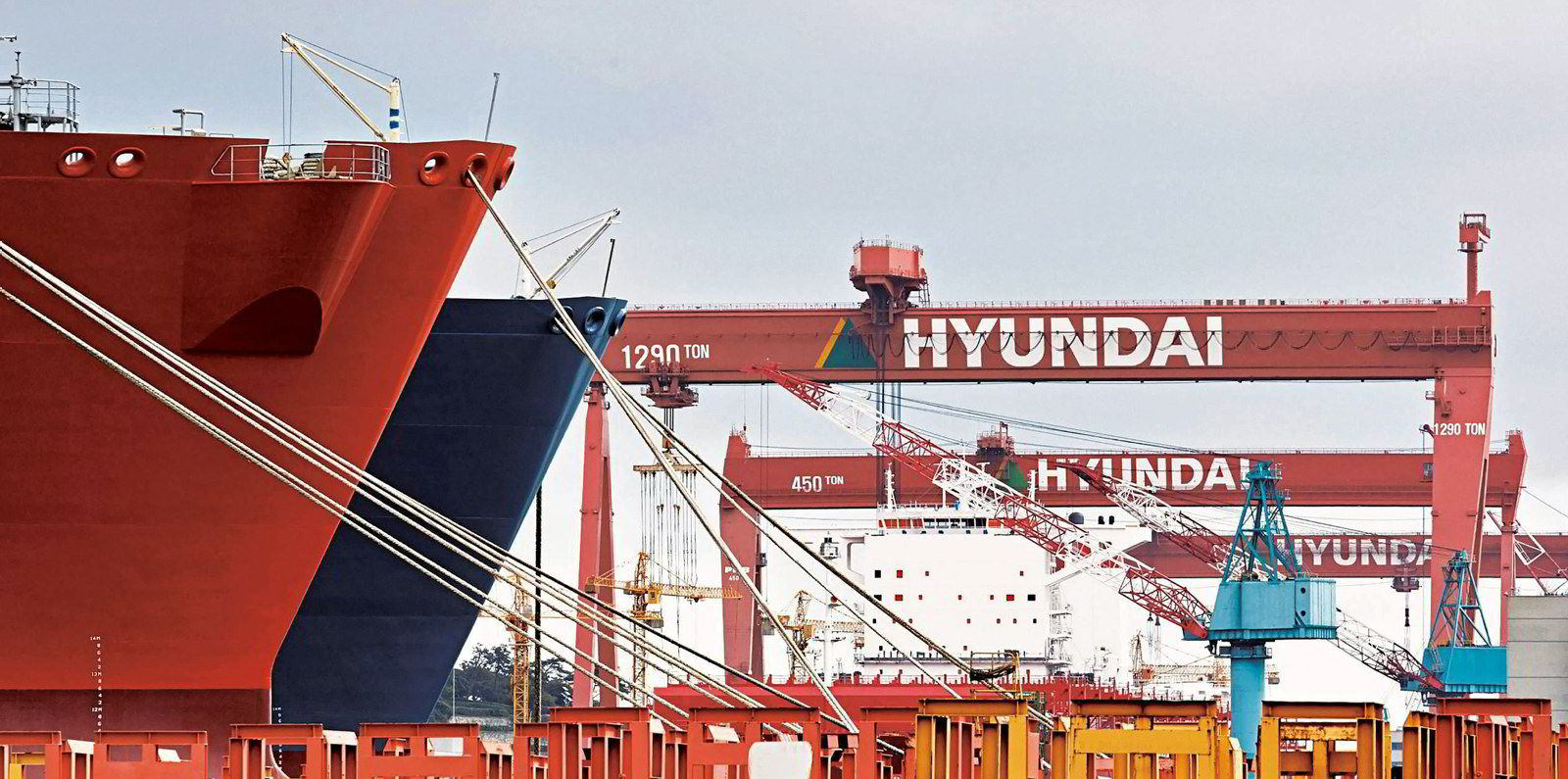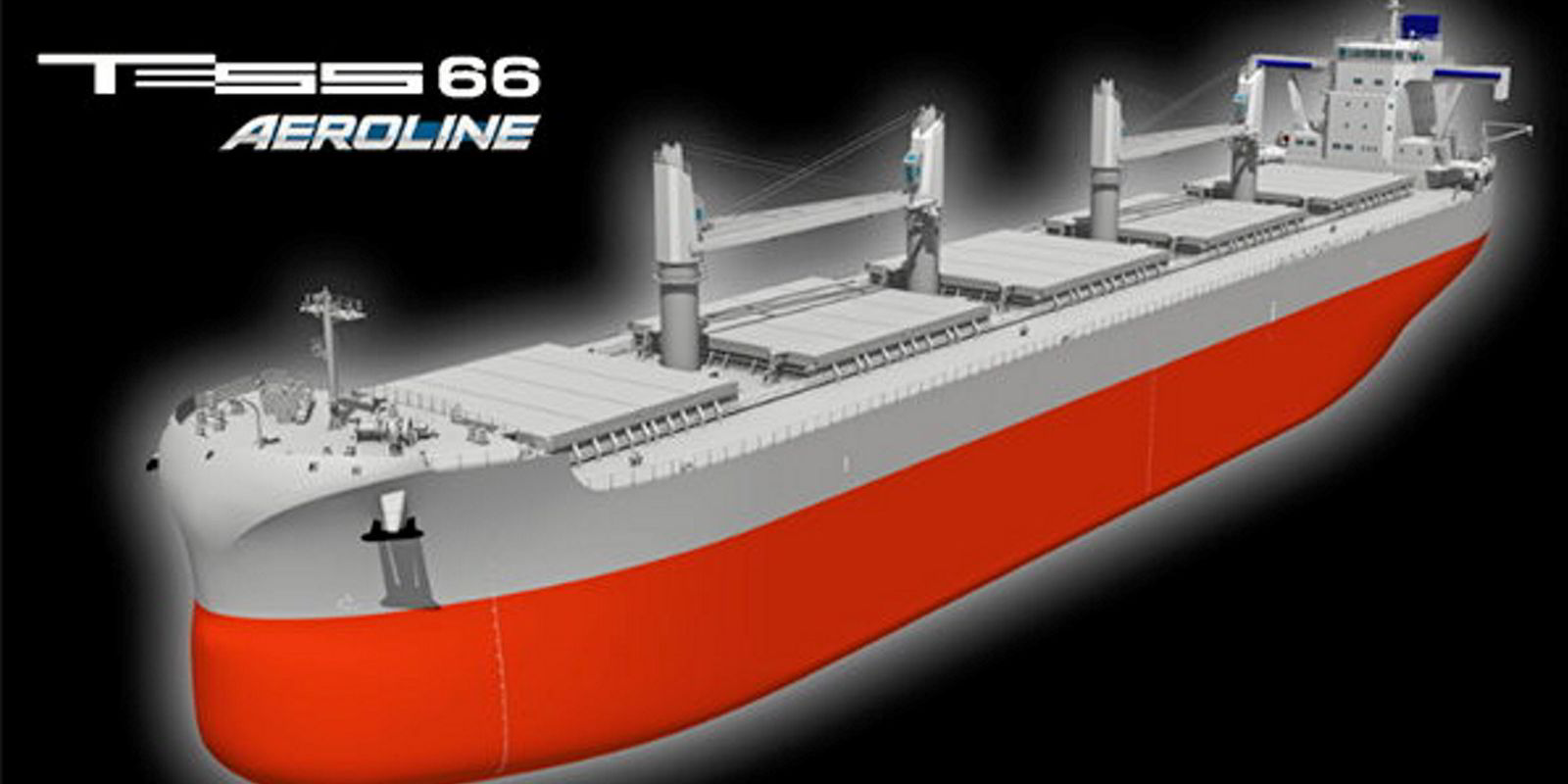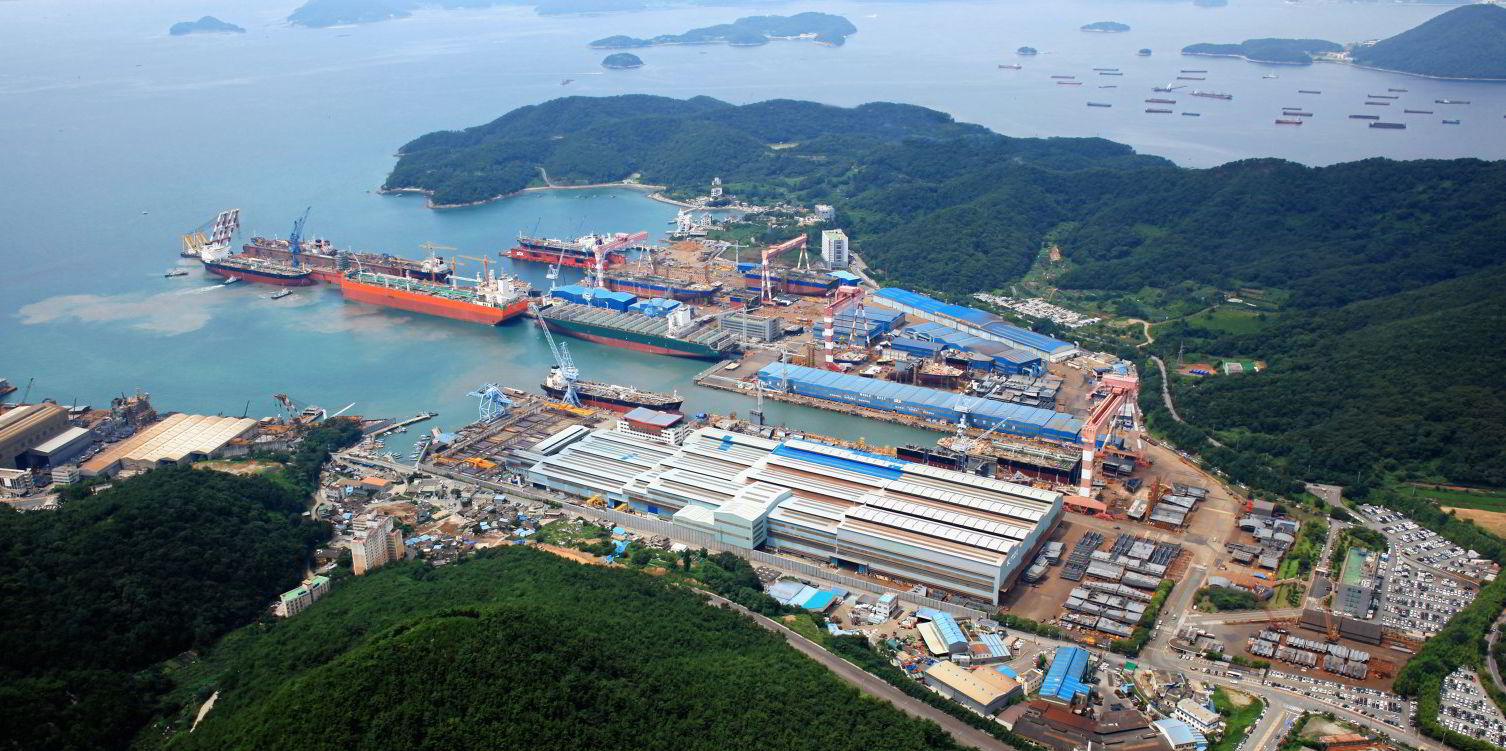Shipyards are looking anxiously at the impact of Beijing’s decision to curb steel production and exports in the later half of this year on shipbuilding material prices.
The move, which was first touted by Beijing earlier this year, threatens to curb steel supply and add to material cost inflation.
Higher steel prices would further erode profitability in the shipbuilding sector.
Beijing’s plan is to maintain steel production, and exports, at last year’s level as a strategic move to reduce iron ore prices and greenhouse gas emissions.
But, with official figures showing a 30% jump in Chinese steel exports in the first half of this year, the expectation is that there will be a dramatic reduction in exports in the coming months.
The effect is likely to be a tightening of steel supply in the international markets, which will add to pressure on steel plate prices.
Japanese shipyards are concerned about the impact the move will have on upcoming steel plate price negotiations with domestic steel mills.
The country’s yards are already working at a considerable cost disadvantage to their main Chinese rivals in the dry bulk newbuilding market. Japanese handysize bulk carriers are priced at around $30m, compared with $28m in China.
“This is a very difficult situation for us,” one manager at a major Japanese shipbuilder said.
He added that the recent hike in steel prices has made its existing newbuilding contracts unprofitable, and the steel plate prices could keep rising.
Not prepared to pay

“Because of what is happening in China we are facing further increase in steel prices, we have tried to raise prices to make up for the higher costs, but shipowners have said they are not prepared to pay, even in the current dry bulk market,” he said.
Shipyards have already managed to force through significant price rises to protect against an earlier hike in steel plate prices.
Newbuilding price rises, averaging more than 20% in the dry bulk sector, were forced through on the back of a 105% increase in vessel contracting this year, compared with last year, according to broker Clarksons. The newbuilding boom has so far been driven by the containership market.
Brokers in China say they were quoting $27m for a new kamsarmax at the start of the year compared with $35m today.
But the brokers added that owners are reluctant to buy at higher prices, even though dry bulk rates are booming.
A dip in ordering because of rising prices would mean that the supply of new tonnage entering the market would continue to decline.
There appears to be an upcoming shortfall in tonnage in the dry bulk sector where the newbuilding orderbook only accounts for 6.4% of the capesize fleet and 6.7% of the panamax fleet.
According to Clarksons’ figures, about 26.6m gt of bulk carriers were delivered into the market in 2020. This year, that figure is set to fall to 20.7m gt in 2021 and drop further to 13.8m in 2022 if there are no further orders.







